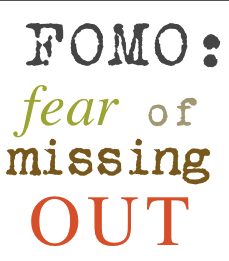An Urgent Situation
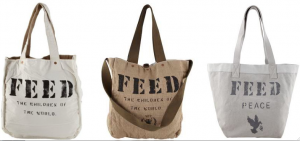
I was reading a colleague’s blog yesterday and learned of a situation that not enough of us are aware of. Many years of drought have led to a serious crisis currently affecting people in Kenya, Ethiopia, Somalia and Djibouti. They’re starving. More than ten million people are at risk, and they say it will get worse before it gets better. A critical situation begging for immediate action.
So how can you help? Spread the word, buy a bag from The Feed Project, donate rice grain by grain at freerice.com, or visit oxfam.org. But before you do anything else, check out Kristin Davis’ heartfelt interview about her recent trip to the Dadaab refugee camp in Kenya.

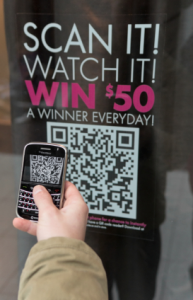
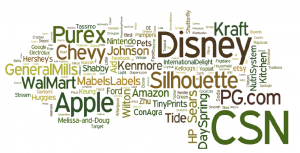
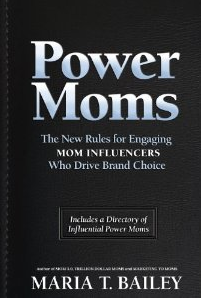
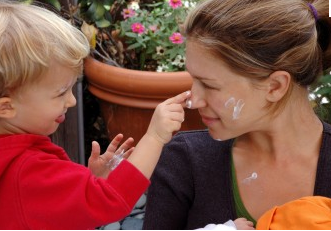
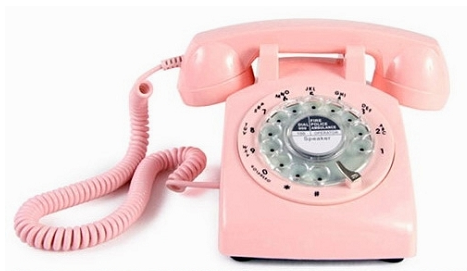

 If I continue at this pace, I might be a full-fledged flower child by 2014. It’s been a slow transition but a clear one: I’m turning hippie. I promise you won’t run into me in the grocery store barefoot, with my floppy suede hat and bell-bottoms. No, that’s not what I mean. What I do mean is that I’m beginning to embrace something that perhaps was there all along.
If I continue at this pace, I might be a full-fledged flower child by 2014. It’s been a slow transition but a clear one: I’m turning hippie. I promise you won’t run into me in the grocery store barefoot, with my floppy suede hat and bell-bottoms. No, that’s not what I mean. What I do mean is that I’m beginning to embrace something that perhaps was there all along.